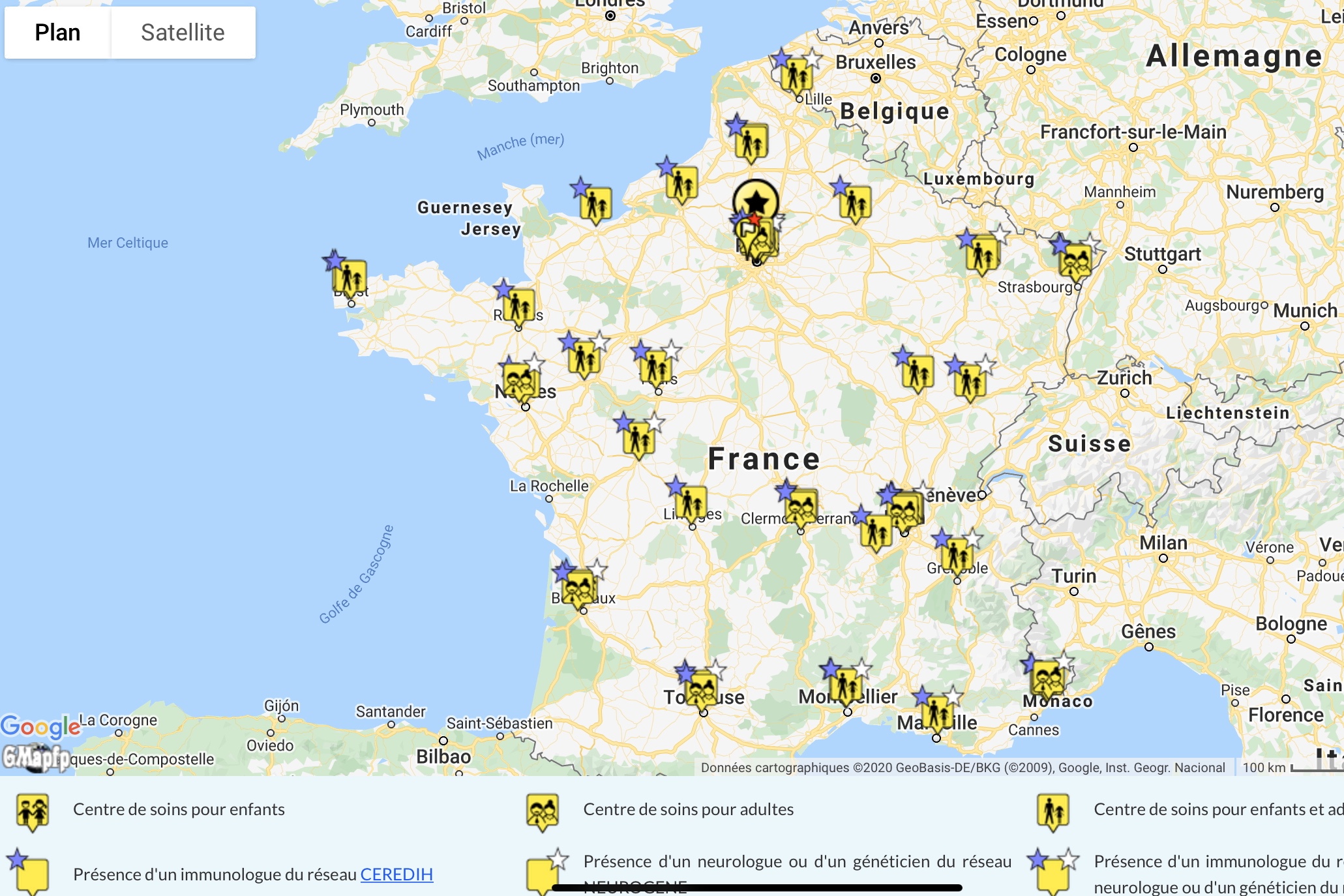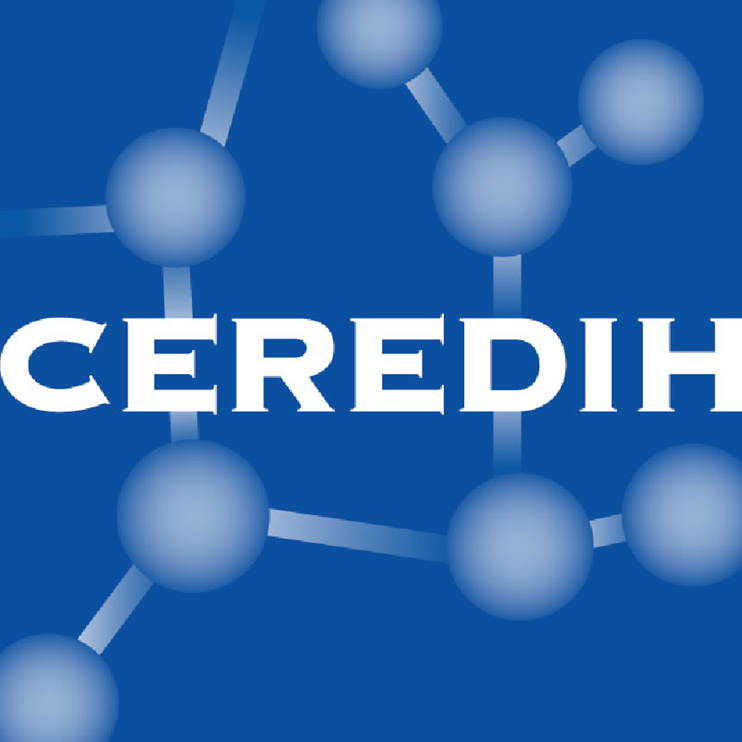Another symptom of AT is the increasing difficulty for the person to use their look and follow a target.
This oculomotor disorder must be taken into account with adjustments in everyday life.
Telangiectasia in the eyes are a completely mild symptom, if not the aesthetic discomfort. They have nothing to do with neurological problems that can impair vision.
Oculomotor apraxia
Description
Normally, when a noise attracts attention to one side, the eyes are preceeding the head movement of a few tenths of seconds. Conversely, in AT, the head will turn first, then the eyes will follow, but in short jerks. Same thing when it comes to track an object or even fix it, which eventually cause problems, including learning in class to look up and decipher what is written on the blackboard, or even to read. However adaptations are possible.(cf Computer: a tool et For teachers) Affected areas
Affected areas
In the brainstem are located coordination centers of lateral eye movements. These centers receive three types of information:
- From the frontal lobe of the brain, the order to wear his eyes on an object (will)
- From the occipital lobe, the order of tracking if the subject moves (vision)
- Information from the organ of balance in the ear for coordinating body position and gaze
Unlike the first two, this latter function is not affected in AT.
Treatment
Oculomotor apraxia is different from strabismus which is due to impairment of oculomotor muscles.
On other forms of apraxia, treatments are possible, with satisfactory results, based on botulinum toxin injections of the same family as the much more publicized used to eliminate wrinkles ...
Télangiectasies
Although present more prominently in the eye, télangiectasias are also found on the body and have no connection with apraxia described above. That's why they are developed in chapter "Skin / mucous membranes".





